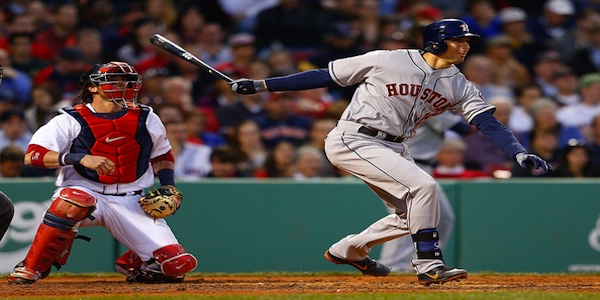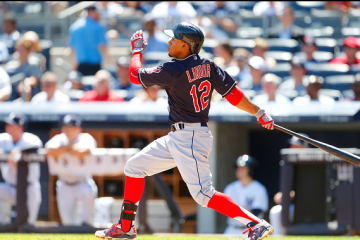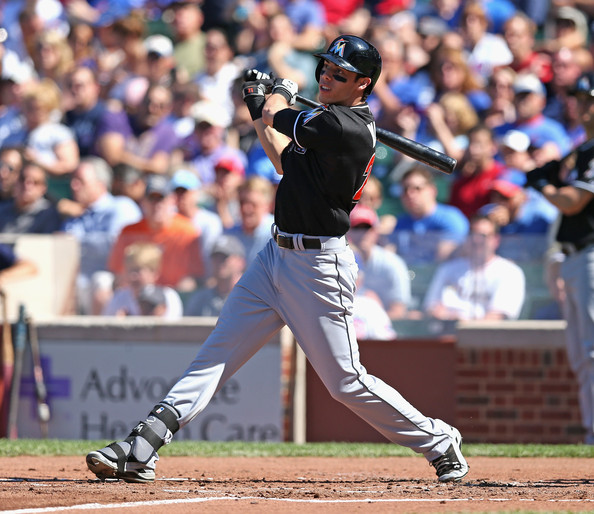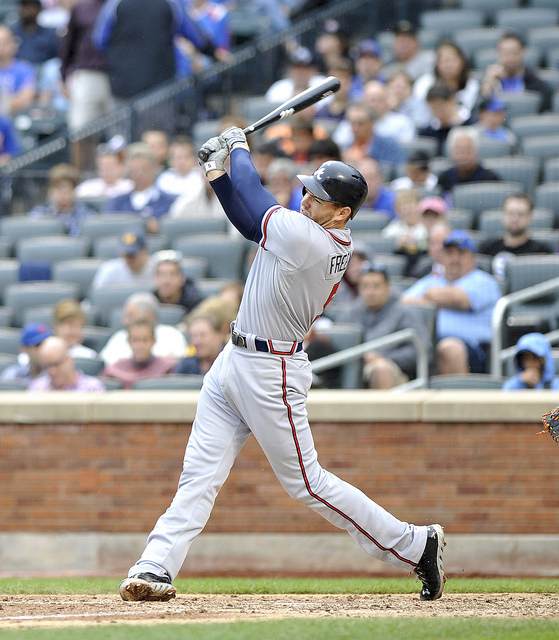2017 Fantasy Baseball: The Fielding Chronicles– Minnesota Twins

We tend to focus on the little things when teams are successful, but when teams are wildly unsuccessful we tend to focus on the big things. Surely, the Twins were unsuccessful largely because their pitching staff has been a dumpster fire, but there are many reasons why pitchers can look like a dumpster fire and fielding is one of the main ones. So, fielding might be a minor detail for fantasy owners, but it is a lot more important than people may think.
The Twins were a disaster last season with the gloves. However, unlike most teams in their position, they haven’t completely embraced sucking. They came into the offseason with the idea of getting better in the field. Some of that involved some shifting around and some involved bringing in new players. The pitchers will hopefully be the beneficiary of all of their changes.
We will be looking at defensive runs saved according to The Fielding Bible. They have statistics for all of the individual players, but also have broken down team data by infielders, outfielders, and shifts. We can find all of this data at billjamesonline.com. We will also look at defensive efficiency rating according to baseball-reference.com.
Team Overview
| Infield | Outfield | Shifts | Total | Rank | DER | Rank | |
| 2014 | -41 | -49 | +7 | -83 | 15th | .672 | 15th |
| 2015 | -29 | +8 | +2 | -19 | 13th | .687 | 11th |
| 2016 | -29 | -30 | +9 | -50 | 13th | .662 | 15th |
In two of the last three seasons, the Twins have been last in the American League in DER. If you invert DER then you get the opposing team’s BABIP. So, the Twins opponents hit .338 on balls in play. That number is outrageously bad. They were nearly as bad in 2013 as well. They were closer to mediocre in 2014, but clearly some changes needed to be made or their pitchers would continue to suffer.
While the Twins have been a little behind the curve on shifting, even expert shifting can’t cover up all that ails the Twins defense. They had to make some big time changes in order to turn the ship around. So, the Twins are making adjustments behind the dish, in the infield, and in the outfield in the hopes of turning things around.
Strongest Defender
Teams looking to improve their pitching staffs have discovered they can make huge inroads by bringing in catchers that are excellent pitch framers. The Fielding Bible has begun to catch up on that, but some other platforms are really accentuating it. Jason Castro has consistently been rated as one of the best pitch framers in the game. He is also a veteran at calling a game. Add those two elements together and you get a chance for a huge turnaround.
Weakest Defender
Officially, the weakest defender is Miguel Sano, but that is a bit of a misnomer at this point. The Twins used him in right field last season to the tune of minus ten runs saved. They are moving him back to third base where he was minus one run in 2015. In his place, they will use Max Kepler who was six runs above average.
Key Changes
The biggest change has already been addressed, but it bears repeating. Jason Castro might be the best pitch framer in all of baseball and when you start flipping pitch counts in your favor then you start seeing a significant improvement. Moving Sano out of the outfield full time will also bring an improvement. Moreover, Byron Buxton’s place in the center field could turn the whole defensive outfield (minus 71 runs over the past three seasons) from a huge weakness into a significant strength.
The infield is somewhat unsettled because the shortstop position is in a state of flux. Jorge Polanco has the nod up to this point, Eduardo Escobar is there to reclaim his spot if Polanco falters. Polanco was minus eight runs saved in a limited time last season, so he could lose that spot if he continues to struggle or if the Twins want to go with a better defensive lineup.
Key Pitchers
Conventional wisdom often takes a back seat when you see situations like the Twins. They have been a bad fielding team for so long that we often have to hunt through the fielding data to find any rays of hope. There could be a ray of hope for fly ball pitchers now that Buxton is patrolling center field. That would favor relative newcomer Hector Santiago the most. He has a 33 percent ground ball rate over the past three seasons. It murdered him last season, so you would have to take this kind of advancement on faith.
On the flip side, we normally would extoll the virtues of Kyle Gibson and his extreme 54 percent ground ball rate, but an infield that has produced minus 99 runs over the past three seasons seems like the last place where you would want ground balls. Hope springs eternal and all of the individual actors seem to be okay, so maybe they will turn that around this offseason. Past performance would say otherwise though.




